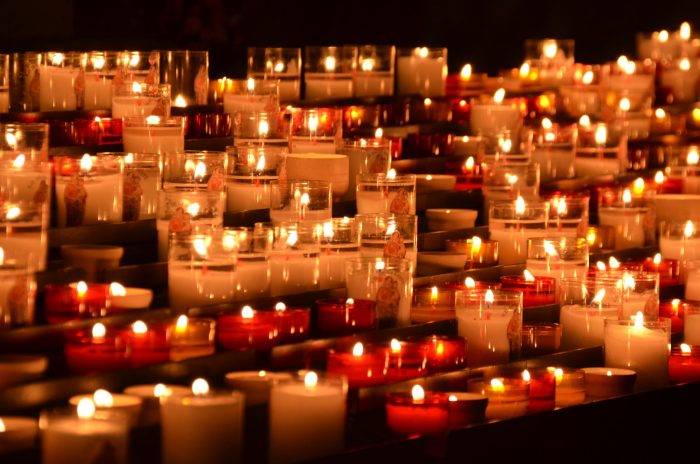When you travel the world you experience some of the most epic joyful adventures and also, at times, the most chilling, some that will stop you in your tracks. You hear tales that you will never forgot, that will leave an imprint in your memory to be used as a nudge to life live to the fullest.
Sometimes these tales are shared at the sight of the chilling event, now a memorial or shrine, where there is
nowhere to hide.
You need to confront the uncomfortable feeling.
The feeling that can only be translated into the word “Why?”. It can leave you confused, pondering why a human can inflict pain on another human and why human nature can be so brutal.
The difference between us living today and those who are now only remembered as a memory is we still have a choice. The choice to wake up, roll out of bed and set an intention for the day. To decide what to eat for lunch and what clothes to wear. For many, the choice taken from them. Suddenly, with no warning. No time to wrap up any loose ends or say goodbye.
The experiences outlined below were either tragic natural disasters or, the worst to comprehend, manmade terrors.
As you read on, they will make you pause and consider your choice today.
Auschwitz, Poland
Auschwitz Concentration Camp, a day trip away from the picturesque Polish town of Krakow, is a haunting site. Now a museum to acknowledge the deaths of 1.1 million Jews who systematically died in the hands of the Nazi Germans in occupied Poland. The sign “Arbeit Macht Frei”, translates to ‘work will set you free’, hanging above the entrance gate acts as a stark reminder of the environment many had to experience, where they were sent to a premature death.
Killing Fields, Cambodia
The Killing Fields, a number of sites near Phem Penh, the capital, where collectively more than a million people were killed by the Khmer Rouge regime during the Communist Party rule of the country from 1975 to 1979, was a sobering experience I will never forget.
The extermination camp of Choeung Ek is now a humbling place where visitors can learn of the horrors that unfolded here decades ago. The remains of 8985 people were exhumed in 1980 from mass graves. More than 8000 skulls, arranged by sex and age, are visible behind the clear glass panels of the Memorial Stupa, which was erected in 1988. It sends shivers through you.
Yerevan, Armenia
The Armenian genocide was the systematic destruction of ethnic Armenians in the Ottoman
Empire during World War I, resulting in the mass murder of around one million Armenians during death
marches to the Syrian Desert. Something I only learned about when I visited Yerevan on the day they
remember the genocide.
Sri Lanka Tsunami
The 2004 Indian Ocean earthquake and tsunami (also known as the Boxing Day tsunami) destroyed any life it
encountered as it swept through communities along the surrounding coasts. An estimated 227,898 people in
14 countries died, making it one of the deadliest natural disasters in recorded history. The earthquake was
the third-largest ever recorded.
Nepal Earthquake
The April 2015 earthquake killed 8,964 people and injured 21,952 more. Many structures remain destroyed in the capital, Kathmandu, as a reminder how fragile this land is.
To remember those gone too soon is a sign of respect and awareness of how precious life is. A commitment
to always make considered choices, as time is short.
My choice, to live life to the fullest. One day at a time.
What’s about you?









Read 0 comments and reply